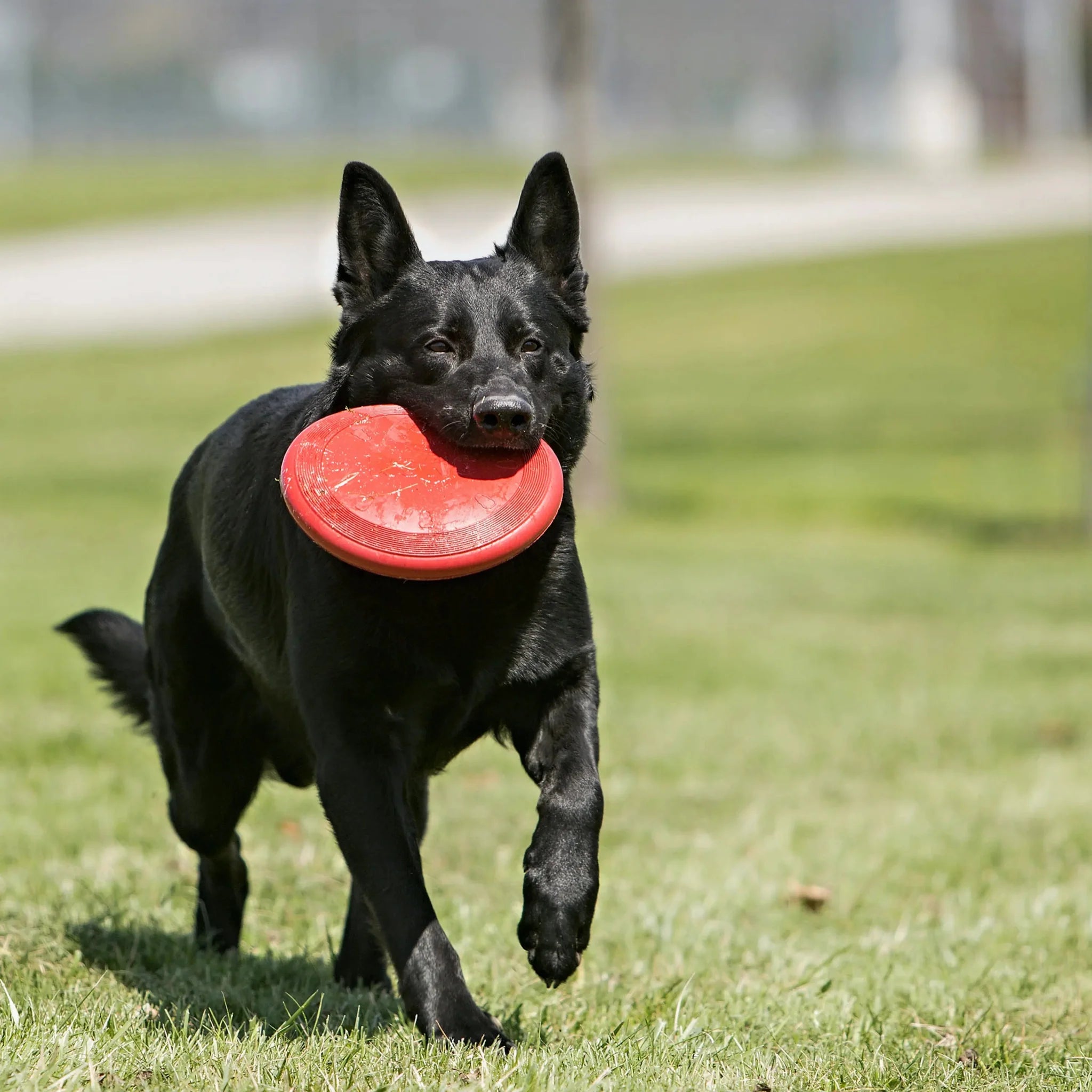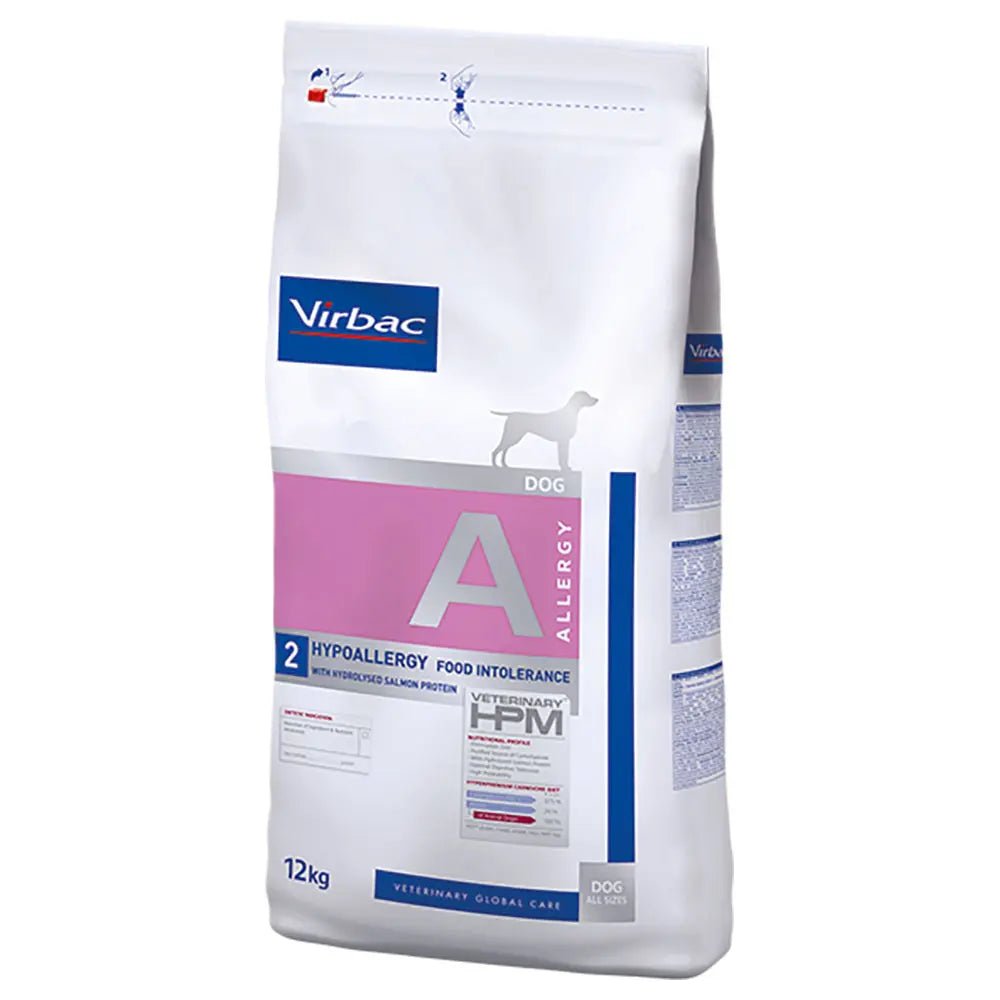Urinary tract infection in dogs , also called cystitis, is an unpleasant condition that makes it painful for your dog to urinate. In this blog post, we will discuss the causes, symptoms, diagnosis, and common treatments for urinary tract infections in dogs. You can also read about tips on how to prevent urinary tract infections in dogs .
Causes of Urinary Tract Infection in Dogs
The main cause of urinary tract infections in dogs is bacteria in the otherwise sterile urinary bladder. The bacteria get there via the urethra, so female dogs are more likely to get urinary tract infections than male dogs because their urethra is shorter. In addition, some female dogs may have an anatomical shape of their labia that makes it easier for bacteria to collect in the area. The short distance between the vagina and the anal opening in a female dog makes it easier for bacteria from the intestine to travel up to the bladder via the urethra. In rare cases, bacteria can spread to the urinary tract via the blood.
Other causes of urinary tract infection in dogs:
- Senior dogs may get urinary tract infections more often due to weakened immune systems.
- Dogs with diabetes are more likely to get urinary tract infections as the sugar in the urine is perfect food for bacteria.
- Cushing's syndrome
- Urinary stones
- Kidney problems
- Incomplete emptying of the urinary bladder
- Different types of cancer
What symptoms of urinary tract infection in dogs should I look for?
There are various symptoms that may indicate a urinary tract infection in your dog. Your dog may only have a few of the symptoms of a urinary tract infection, while other times they may show signs of many of the symptoms.
These are symptoms of urinary tract infection in dogs:
- The dog urinates frequently
- The dog shows pain when urinating.
- The dog urinates small amounts of urine or tries to urinate without any urine coming out
- The dog may start peeing indoors
- The urine may become cloudy or contain blood.
- The urine smells worse than usual
- Impaired general condition
- Decreased appetite
- Stomach/abdominal pain
- Fever
Diagnosis and treatment of urinary tract infection in dogs
To check if your dog needs treatment for a urinary tract infection, you can contact a veterinarian. The diagnosis is not easy to make. The veterinarian examines, among other things, whether there are bacteria in the urine that can lead to infections. This means that when you collect the urine, you must make sure that the urine sample is taken in the cleanest way possible so as not to contaminate the sample. Clean the dog's genitals before taking the urine sample, take the morning urine and make sure that the urine you collect is not the first drops that come out when the dog urinates, but the mid-stream. The urine should also be fresh (it should preferably not have been more than 1 hour). If you have not had a urine sample taken, the veterinarian can take the urine sample directly from the bladder using a stick or catheter.
If it turns out that your dog has a urinary tract infection, it is not always easy to treat. Although antibiotics and possibly painkillers and anti-inflammatory medication can be used, it is not a given that we use this, as the treatment depends on the cause. Remember to continue the treatment in consultation with your veterinarian, as there may still be bacteria in the bladder even if the dog does not have symptoms. In the case of an uncomplicated urinary tract infection, it normally takes up to 2 - 3 weeks before the dog is completely healthy.
Will a urinary tract infection go away on its own in my dog?
A urinary tract infection in dogs doesn't have to be dangerous or uncomfortable. And with the right treatment, it doesn't have to develop into serious complications like kidney infections and urinary stones. If you suspect your four-legged friend has the symptoms of a urinary tract infection, we recommend that you contact a veterinarian for expert advice.
Preventing Urinary Tract Infection in Dogs
There are preventive measures you can take to reduce the risk of urinary tract infection in your four-legged friend.
When you reduce the time urine stays in the bladder, you also reduce the risk of bacteria multiplying there. Therefore, it is a good idea to walk your dog regularly. The first walk should be as early as possible when you get up, and the last one as late as possible before bedtime. Also remember that the dog should always have free access to fresh water so that it urinates frequently, which helps to clean the urinary tract. If it is cold or damp, it is also a good idea to make sure that the dog can sit on a dry surface.
If your dog has conditions such as diabetes, kidney failure or Cushing's syndrome, you can reduce the chances of urinary tract problems recurring by keeping the condition under control. Have your veterinarian investigate whether these are underlying causes of the recurring infections. Some treatments may require surgery or a therapeutic diet with a diet food specifically formulated for lower urinary tract disease.
Summary
Urinary tract infections in dogs are a fairly common infectious disease that is easy to treat in uncomplicated cases. If your dog suffers from frequent urination with small amounts of urine, or has other symptoms of a urinary tract infection, it is a good idea to contact a veterinarian for advice. Untreated urinary tract infections are not only uncomfortable for your dog, but can also lead to more serious complications. You can prevent recurrent urinary tract infections and reduce the chances of urinary tract problems returning. However, it may be a good idea to investigate whether there are underlying causes for recurrent infections such as diabetes, kidney failure or other diseases.
Read about everything for dogs in our blog!















